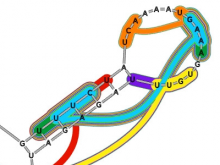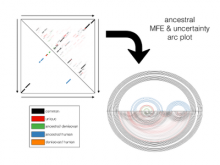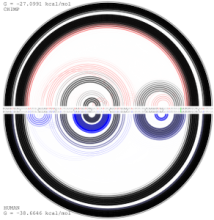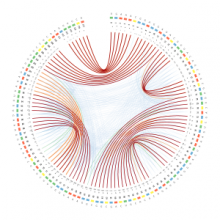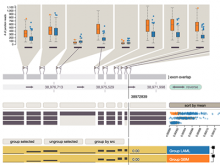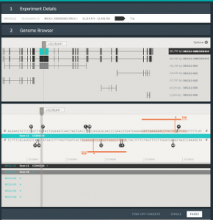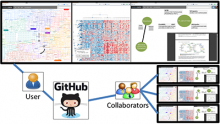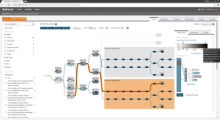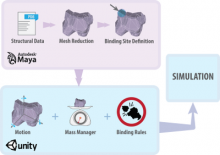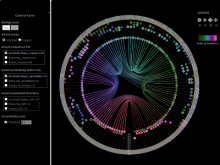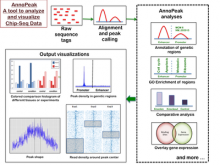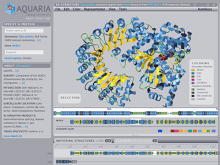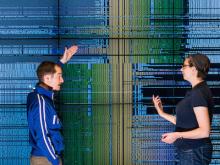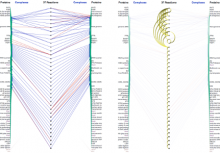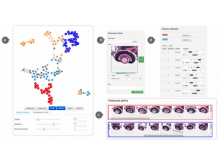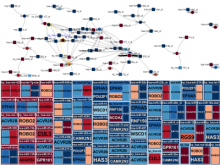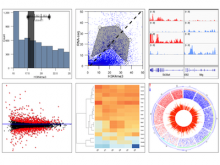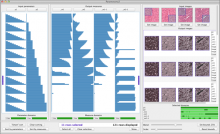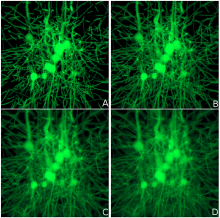MoFlow: Visualizing Conformational Changes as Molecular Flow Improves Understanding
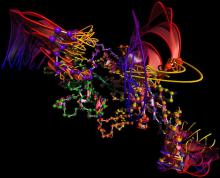
Background: Current visualizations of molecular motion use a Timeline-analogous representation that conveys “first the molecule was shaped like this, then like this...”. This scheme is orthogonal to the Pathline-like human understanding of motion “this part of the molecule moved from here to here along this path”. We present MoFlow, a system for visualizing molecular motion using a Pathline-analogous representation.
Results: The MoFlow system produces high-quality renderings of molecular motion as atom pathlines, as well as interactive WebGL visualizations, and 3D printable models. In a preliminary user study, MoFlow representations are shown to be superior to canonical representations for conveying molecular motion.
Conclusions: Pathline-based representations of molecular motion are more easily understood than timeline representations. Pathline representations provide other advantages because they represent motion directly, rather than representing structure with inferred motion.
BioVis 2015 Information
